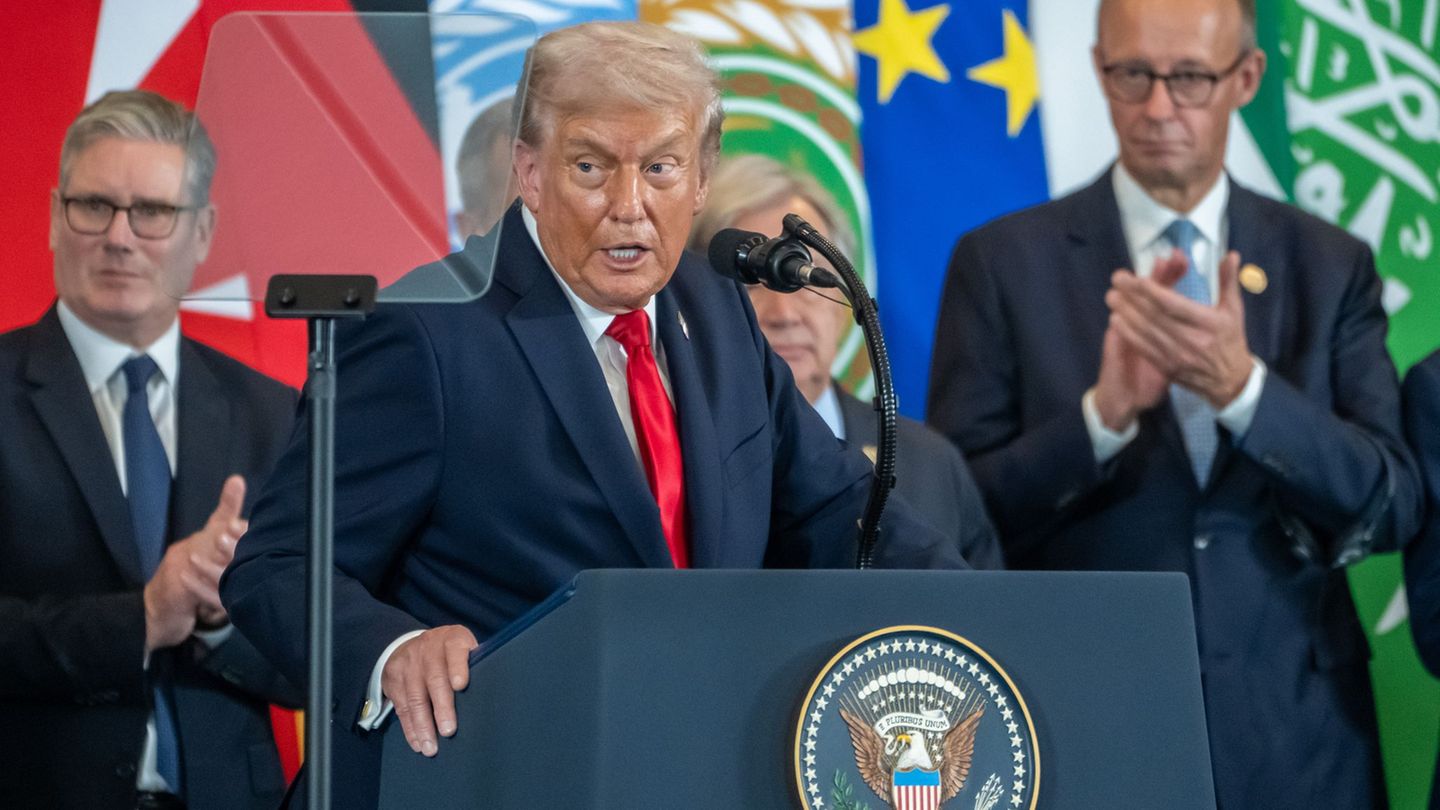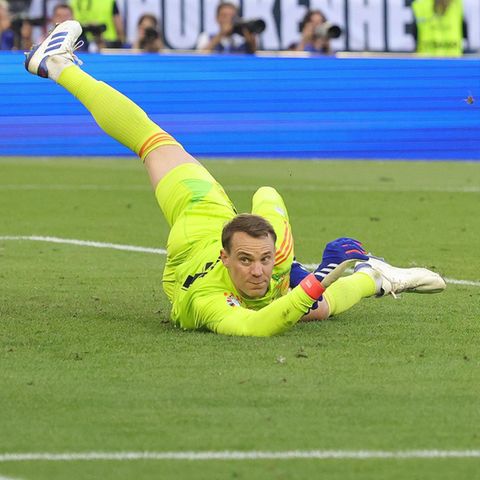One week before the runoff, decision-making is still permeated by a very high level of electoral uncertainty and peso flows continue to try to hedge against exchange rate risk.
One week from runoff decision-making continue to be imbued with a very high level of electoral uncertainty and peso flows continue trying to hedge against exchange rate risk. Everyone looks for liquidity and coverage, only risk lovers put some chips in assets that promise very high returns, obviously assuming a very high amount of risk. So, given the imminent electoral outcome, the cost of coverage becomes more expensive and this was reflected in the way the price of the December contract evolved. This value has also been adjusted based on expectations regarding the possible outcome of the elections and the “Plan” that each candidate would implement.
The content you want to access is exclusive to subscribers.
Along these lines, the new alliances have also had their share of influence. “This is a good indicator of market expectation, which has paid higher prices for exchange hedging when it expects immediate unification or eventual dollarization and has lowered that reference price when it saw a split as more likely. In short, what has been changing is the expected devaluation and the cost of taking exchange hedging,” they explain from MegaQM. Therefore, it is worth asking today How much does it cost to take exchange coverage and what options are there.


The menu
On the one hand, there are the “Exchange Rate Futures”, which are operated on a term basis and require depositing a guarantee, but the value is paid at the time of closing, so they can be operated without assigning liquidity. Contracts through December 2023 are trading at $691. There are also the “Dollar linked instruments”which can be sovereign debt either corporate, that adjust for the value of the official dollar. The most representative is TV24, which expires in April 2024 and is currently paid at $459.
Another option is the ““Dual Instruments”, which are issued by the Treasury and pay the highest accumulated value between devaluation and inflation. The shorter tranche expires in February, April or June of next year. Today they involve buying dollars at levels ranging from $450 to $475.
The other alternative is to directly go to the “financial dollars (MEP or CCL)”, through the purchase of assets in pesos and their simultaneous sale against dollars, either in the local market or abroad. This is the only option that closes the price and the investor gets the dollars. But it is also the most expensive. That means buying dollars at $880.
“Considering that the official dollar remains frozen at $350, hedging options involve paying an additional cost of between 29.4% in the lowest case to around 60% if operated directly through long futures contracts. In the first three options what you obtain are pesos at the official exchange rate of that moment and depending on the instrument, you are exposed to the fluctuations that it may have in its market price.“, they explain from MegaQM. “That is why the focus given to these options is coverage. That is to say, they seek to protect the investor from jumps in the official exchange rate. When an investor pays a 30% exchange rate hedging cost, he is assuming that he has already lost that first percentage of an eventual increase in the exchange rate, and that his benefit begins whenever the increase that occurs is greater than the cost he paid. . The real return in dollars that he obtains will depend on the level of the exchange gap at the time of closing the investment.
Other signs to take into account when evaluating today how to cover yourself from currency risk is that the parity differential between instruments adjustable by inflation and exchange rate, at least for short-term bonds, is the highest in recent years. “This reflects the expectation that, whoever wins the runoff, The exchange rate will move more than inflation, at least for a month. In a scenario where the most backward relative price seems to be “A” 3500 (different from the effective exchange rate obtained by exporters) it is very likely that the official dollar will move much above what it has been doing,” the researchers point out. NEIX analysts.
Given the inflationary inertia and the imbalance in relative prices, a sudden devaluation is not a sufficient condition for the linked dollar, at today’s prices, to beat the Boncer at least in the short term. “That is why for a small position in a portfolio, we see it convenient to sell TV24 (Treasury Bond linked to the dollar) and position ourselves in T3X4 or TX24 (Treasury Bonds adjustable by CER),” the manager explains and adds that those who They prefer to avoid the dilemma of choosing between the dollar and inflation, the optionality of the duals became more expensive in the shorter sections, so the best option within that universe is the TDJ24 (Dual Bonus).
Source: Ambito




